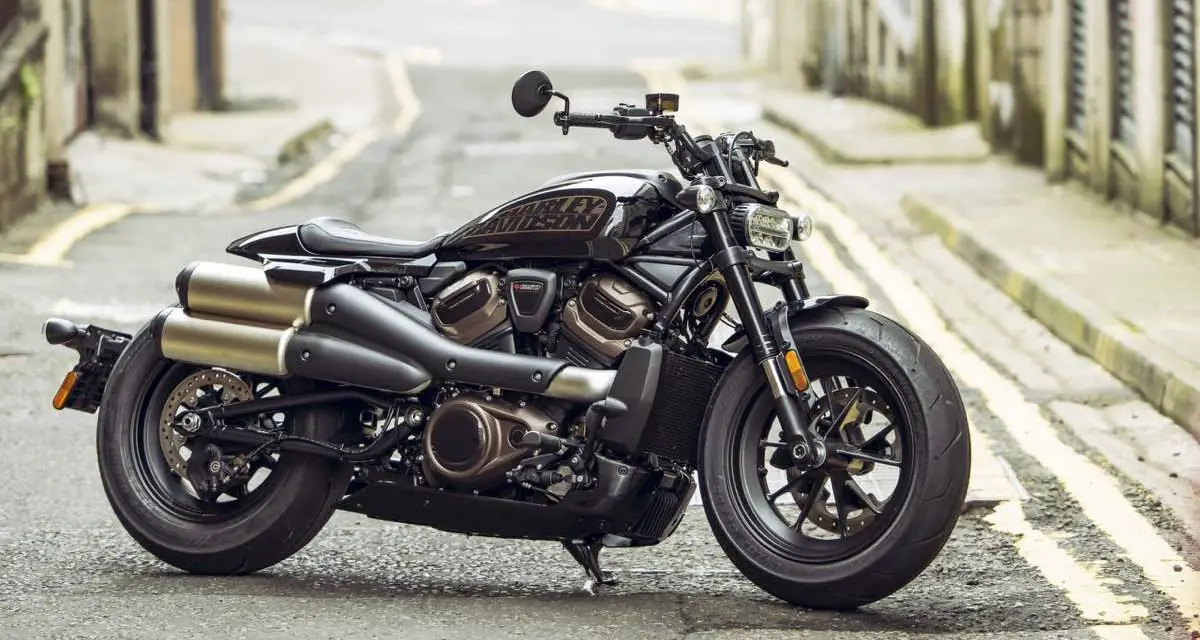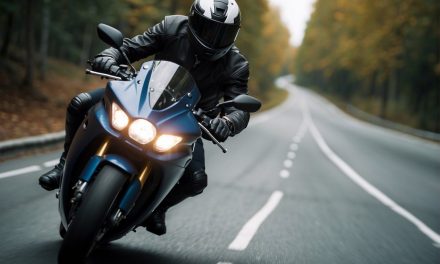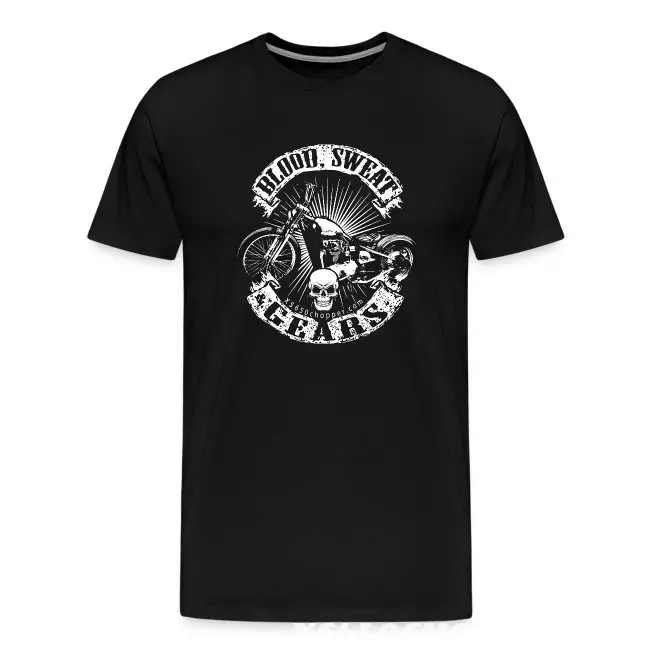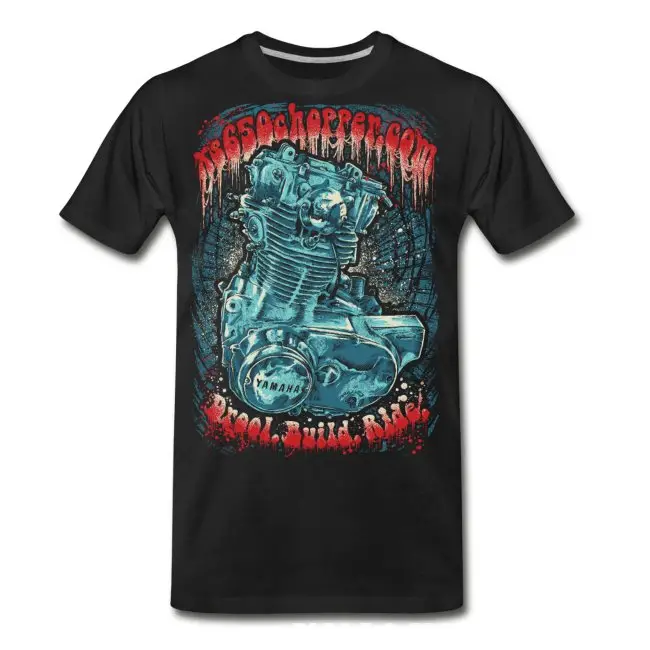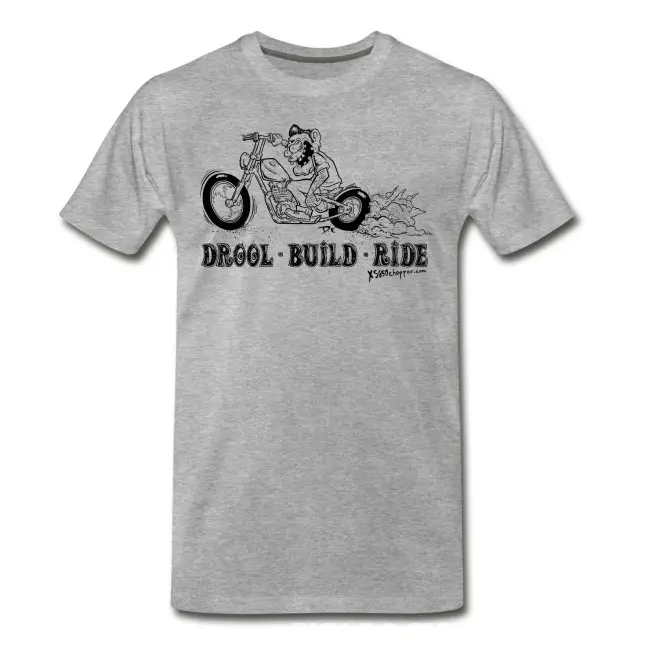The Harley-Davidson brand is a symbol of American craftsmanship and the open road. With a storied history that has seen its fair share of ups and downs, the company has managed to survive and thrive through numerous challenges. But what exactly has kept this iconic brand on two wheels? In this article, we explore seven key moments and decisions that saved Harley-Davidson from the brink and allowed it to continue as a beloved symbol of motorcycle culture. Drawing insights from an informative YouTube video at the bottom of this article, we delve into the pivotal changes and innovations that have allowed Harley to roar through the decades.
1. The Model K Introduction
The Birth of a Middleweight Contender
In the early 1950s, Harley-Davidson faced stiff competition from British motorcycle manufacturers like Triumph and BSA. These companies were producing lighter, faster, and more technologically advanced bikes that were also more affordable. To counter this, Harley introduced the Model K in 1952, a middleweight bike with a unit construction engine that was capable of over 100 mph. The Model K was a significant step forward for Harley, featuring a hand clutch, foot shifter, telescopic forks, and rear suspension—a first for the company.
Laying the Groundwork for Future Success
Despite the Model K’s advancements, it still lagged behind its British counterparts in terms of power and handling. It was, however, a commercial success and laid the groundwork for Harley’s future innovations. The Model K’s introduction was a pivotal moment for Harley, as it demonstrated the company’s willingness to evolve and adapt to a changing market. This willingness to innovate would become a recurring theme in Harley’s history and one of the key factors in its survival.
2. The Evolution of the Sportster
A New Engine and a New Era
Harley-Davidson went back to the drawing board with the development of the Sportster. Introduced with an entirely new overhead valve engine known as the Iron Head, the Sportster represented a significant technological leap. The engine was designed for more power, with an increased bore and a shortened stroke allowing for larger valves and more revolutions per minute. The Sportster’s 883cc form produced a solid 40 horsepower, putting it on par with the popular Triumph TR6 Trophy.
Designing for Agility and Style
The goal of making the Sportster light led to the creation of a new, more compact frame. Although the Sportster was still heavier than its British rivals, it marked a shift towards a more nimble and modern design. The first generation of the Sportster still carried the style of the 1950s, but as it evolved, it began to take on a more stripped-down look, becoming an icon in its own right. The Sportster’s adaptability and style were instrumental in maintaining Harley’s competitive edge.
3. The Sportster’s Competitive Spirit
Powering Up Against the Competition
As the 1950s came to a close, Harley-Davidson needed to boost the Sportster’s performance to keep up with the British bikes, which had increased their engine sizes to 650cc. Harley responded by massively increasing compression and valve size in the H and CH models of the Sportster, transforming it into a true sport bike with competitive specs. This move was critical in keeping the Sportster relevant and desirable in a market that was rapidly evolving.
A Symbol of Customization and Identity
The Sportster also began to influence the custom bike and chopper scenes in America. Its ability to be personalized and its raw power made it a favorite among riders who wanted to make a statement. The Sportster’s influence was so significant that it even prompted competitors from Japan and Britain to mimic its style. Harley’s focus on upping power instead of reducing weight proved to be a successful strategy, allowing the Sportster to stand out in a crowded marketplace.
4. The Sound and the Fury: The Iron Head Engine
The Iconic Roar of Harley
One of the defining features of the Sportster was its Iron Head engine, which contributed to the bike’s incredible sound. By the mid-60s, the XLCH Sportster was tested at 55 horsepower, outperforming many of its competitors. The Iron Head’s distinctive rumble became synonymous with the Harley brand and was a key selling point for riders who valued the visceral experience of riding a powerful machine.
The Struggle Against Technological Advancements
Despite the Sportster’s improvements and the allure of its engine, the rise of Japanese motorcycles, particularly the overhead cam Honda CB750, posed a new threat. The CB750’s release marked a turning point in the motorcycle industry and put pressure on Harley to continue updating the Sportster. However, the company’s commitment to its unique sound and style helped it maintain a loyal customer base despite technological advancements from competitors.
5. The Sportster’s Role in Harley’s Survival
A Study in Resilience
The Sportster’s six-decade lifespan provides a window into Harley-Davidson’s approach to motorcycle manufacturing. While the British motorcycle industry suffered greatly due to the Japanese competition, the Sportster persisted. This resilience can be attributed to Harley’s ability to maintain its distinct identity and appeal to American riders’ tastes. The Sportster was never just a copy of foreign models; it was a unique blend of American tradition and modern performance.
The Symbolic Heart of Harley
The Sportster came to represent the essence of Harley-Davidson’s business model: the ability to adapt while staying true to the company’s roots. This balancing act between heritage and innovation has been a cornerstone of Harley’s strategy, allowing the Sportster to remain a staple in the company’s lineup. As Harley faces new challenges today, the Sportster’s history serves as a guidepost for navigating the future.
6. The Sportster as a Cultural Icon
More Than Just a Motorcycle
In many parts of America, particularly in the Midwest, the Sportster has become synonymous with the very concept of a motorcycle. Its status as a cultural icon is comparable to the Ford F-150’s association with trucks. The Sportster’s enduring popularity is a testament to its ability to capture the imagination of riders and non-riders alike, embodying the freedom and rebellion associated with motorcycle culture.
The Influence of the Sportster on Motorcycle Design
The Sportster’s stripped-down style and performance set a standard that influenced motorcycle design for decades. Its impact was felt not only in the custom bike scene but also in the way manufacturers designed their bikes, with many attempting to replicate the Sportster’s appeal. The bike’s ability to inspire a movement and shape the aesthetics of motorcycles around the world underscores its significance in Harley’s history.
7. The Sportster’s Legacy and Future
A Guide for Harley’s Path Forward
The Sportster’s long history is a blueprint for Harley-Davidson’s potential paths forward. The bike managed to be both a nod to Harley’s heritage and a capable, modern street bike. As the company introduces models like the new Sportster S, they are attempting to strike the same balance between honoring their past and embracing the future. The success of this strategy remains a topic of debate, but the Sportster’s legacy offers valuable insights.
The Sportster’s Enduring Appeal
Despite the changing landscape of the motorcycle industry, the Sportster’s basic design and philosophy have remained consistent. It has continued to represent Harley’s commitment to a unique brand of motorcycling, one that prioritizes character and experience over chasing the latest technological trends. This approach has allowed the Sportster to maintain its appeal, even as other models have come and gone.
The Future of an Icon
As Harley-Davidson faces the same challenges today that it did during the Sportster’s inception—competing with lighter, faster, and often more affordable bikes—the company must navigate these waters with care. The Sportster’s history suggests that success lies not in abandoning its heritage, but in continuing to evolve while retaining the essence that makes a Harley a Harley. The Sportster S and other future models will likely seek to capture this spirit, blending classic Harley-Davidson values with modern demands.
The Sportster’s journey from a response to foreign competition to a symbol of American motorcycling is a story of survival, adaptability, and identity. It’s a story that continues to unfold as Harley-Davidson writes new chapters in its long and illustrious history.
The insights for this article were drawn from a detailed YouTube video that delves into the history of the Sportster and Harley-Davidson’s strategies over the years. Check out the full video below:
Harley-Davidson’s journey, much like the rides its motorcycles offer, is complex, filled with twists and turns, but always moving forward. The Sportster’s role in this journey is undeniable, and its story is one that resonates with riders across generations. Whether you’re a seasoned Harley rider or new to the world of motorcycles, the Sportster’s tale is a compelling reminder of the power of innovation, identity, and the enduring spirit of the open road.

